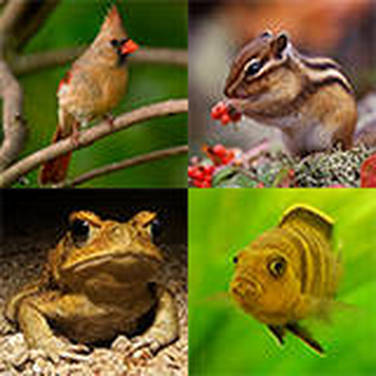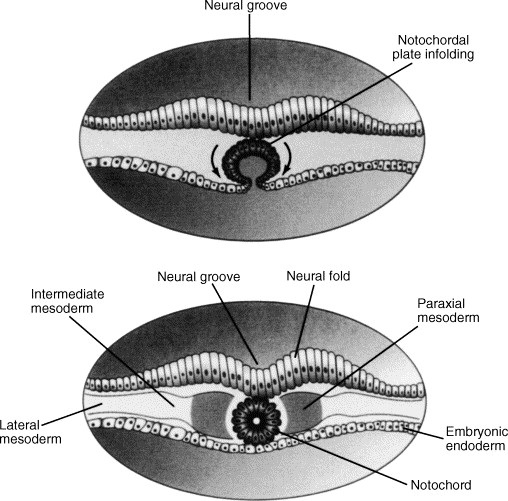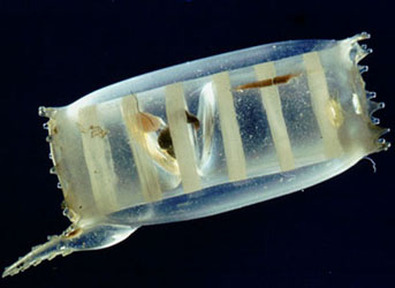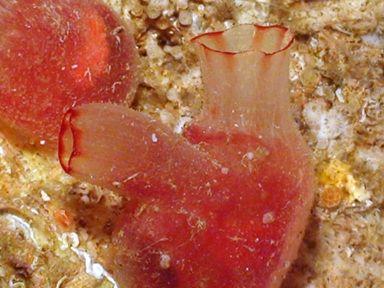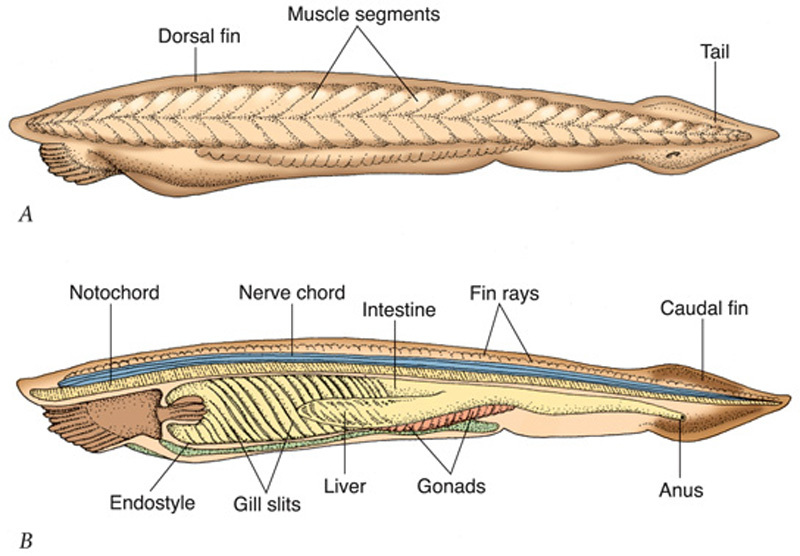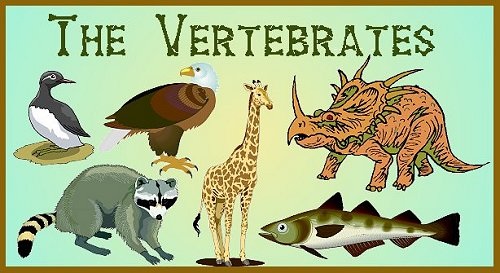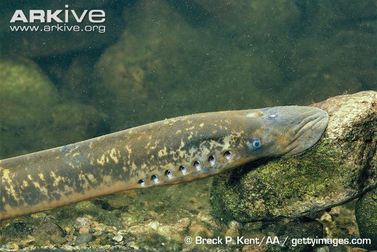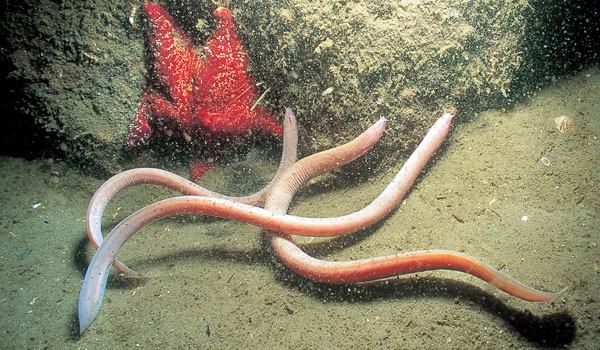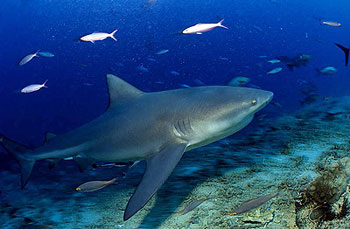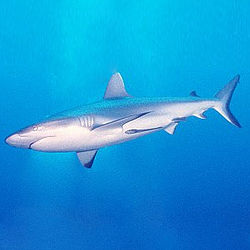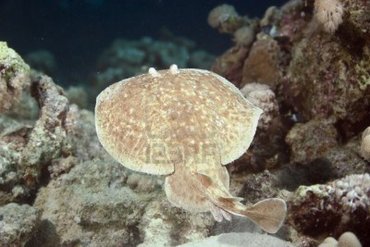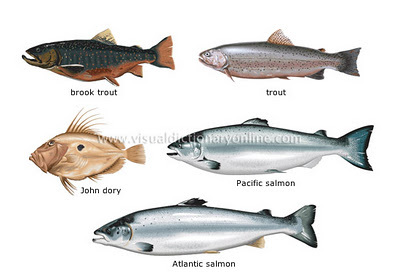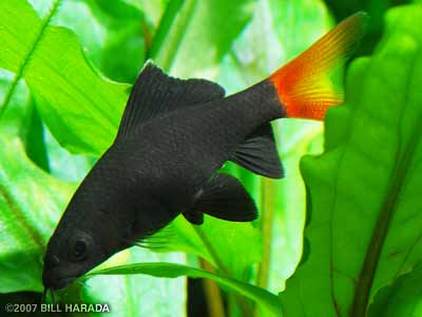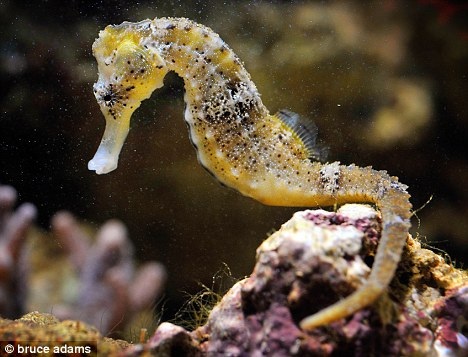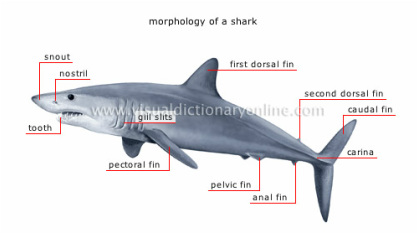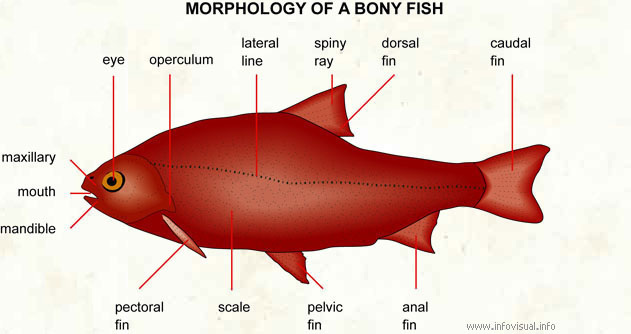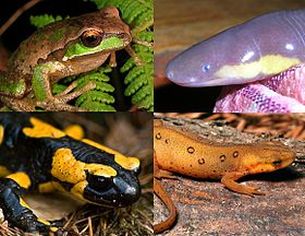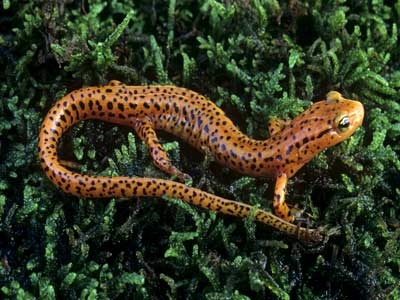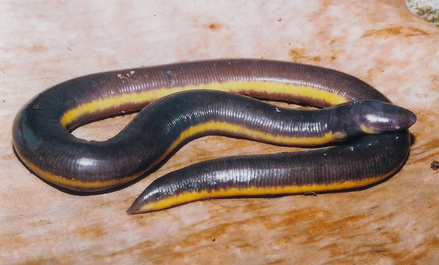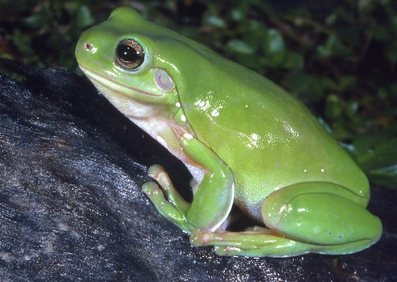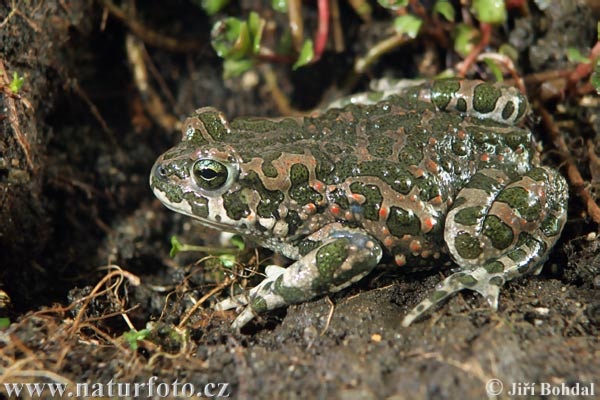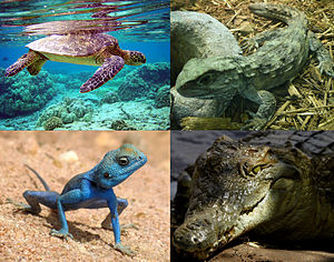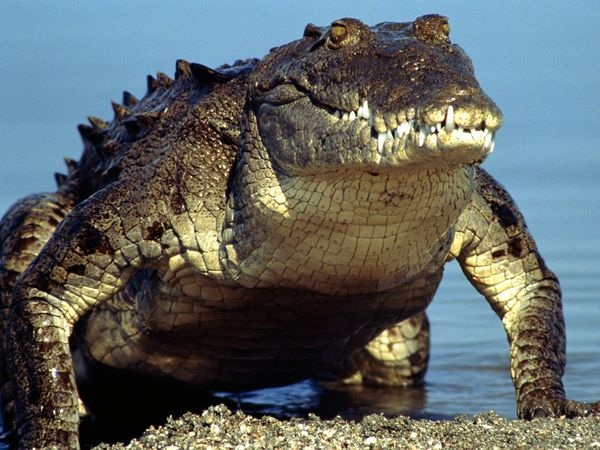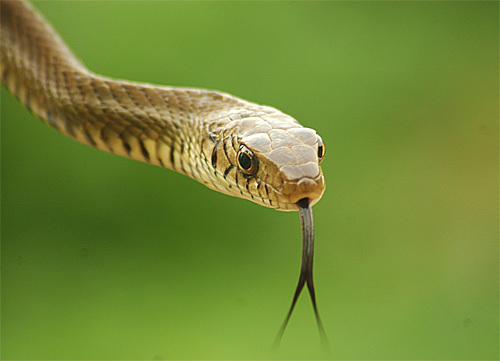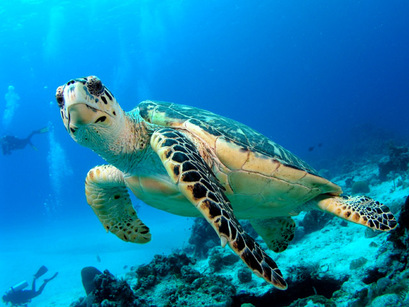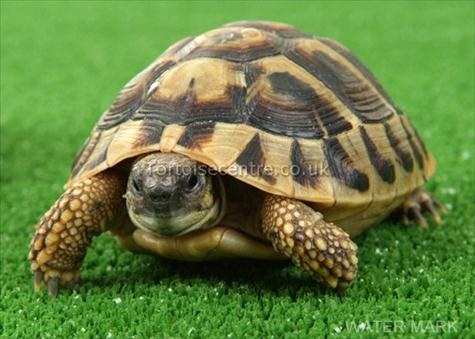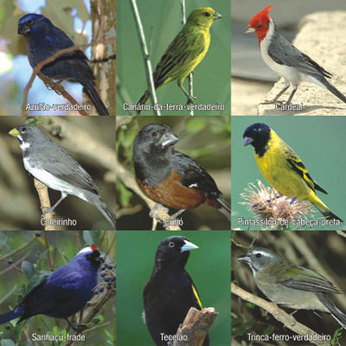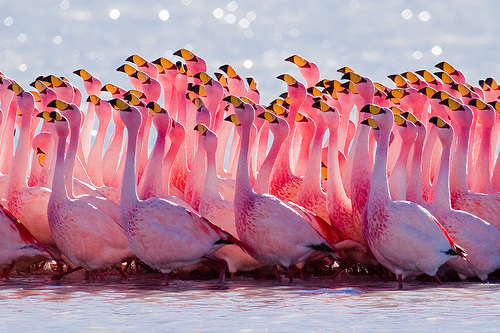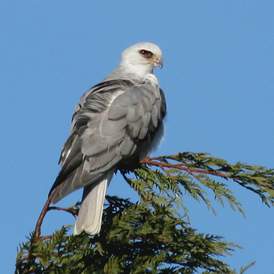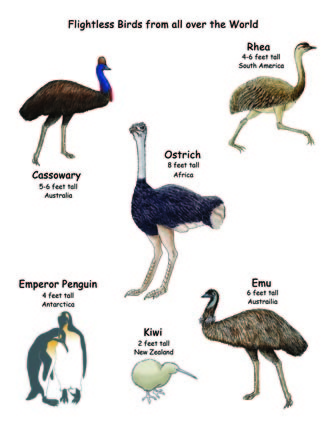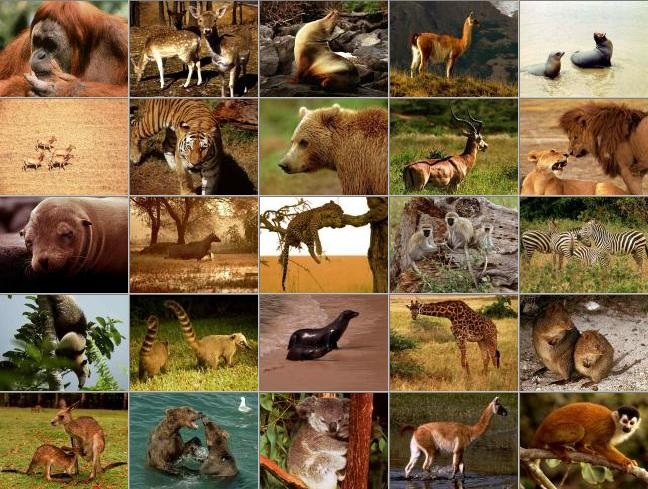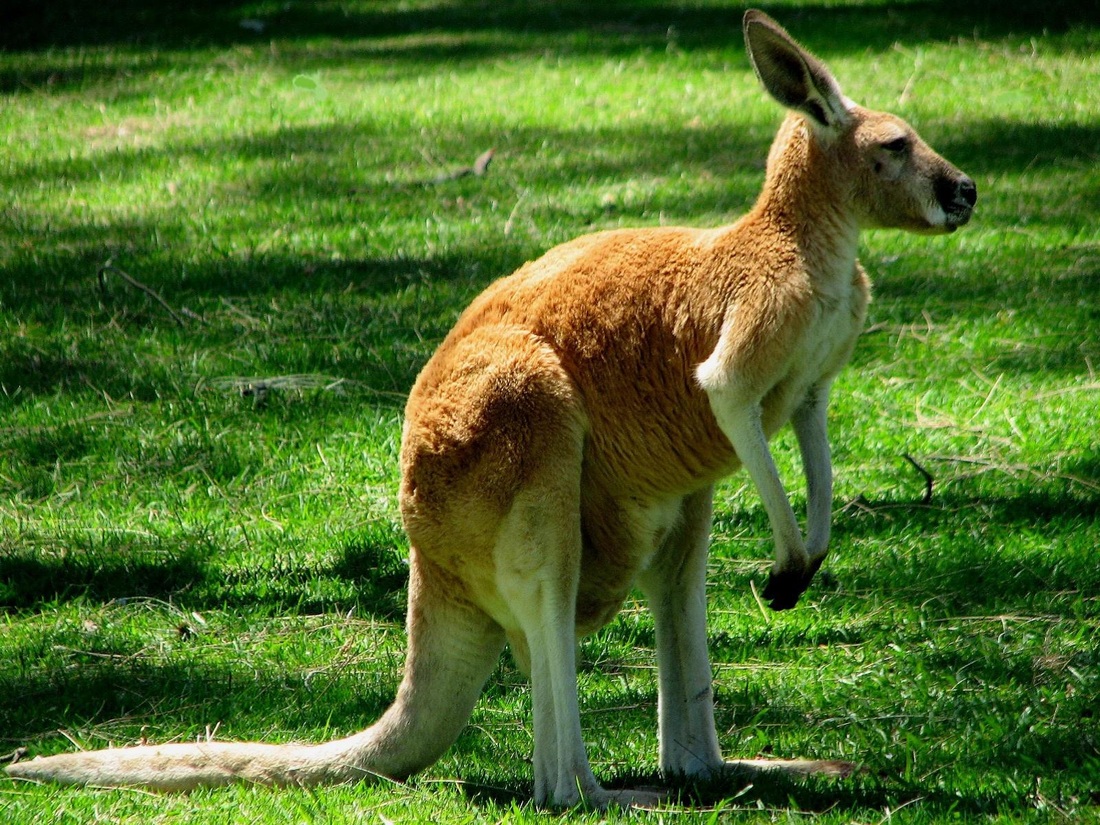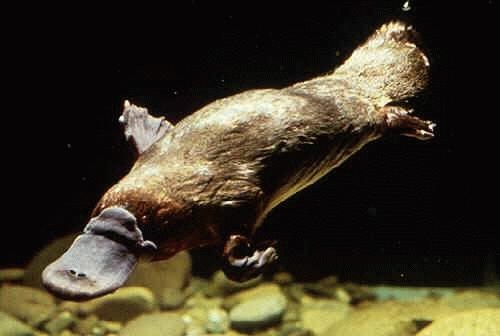ISC 11>CONTENT>2 DIVERSITY OF LIFE> 4.ANIMAL KINGDOM> CHORDATA
PHYLUM HEMICHORDATA
|
Features of Hemichordata:
|
PHYLUM CHORDATA
|
Features of chordata:
|
NOTOCHORD
Chordates are broadly divided into two groups- Protochordates and Vertebrates.
Protochordates or Acraniata is a group of primitive animals that do not have a vertebral column. The notochord is seen either throughout or at some stage of their life.
This includes two sub phylum- 1. Urochordata and 2. Cephalochordata.
Protochordates or Acraniata is a group of primitive animals that do not have a vertebral column. The notochord is seen either throughout or at some stage of their life.
This includes two sub phylum- 1. Urochordata and 2. Cephalochordata.
Subphylum Urochordata or Tunicata
|
Features of Urochordates or Tunicates
|
|
EXAMPLES OF UROCHORDATA
Subphylum Cephalochordata
Subphylum Vertebrata
|
Features of vertebrates:
|
Group: Agnatha or Agnathostomata (without jaws)
Features of Agnatha:
- These are jaw-less vertebrates or mouth without jaws.
- Notochord persists throughout life.
- Paired appendages are absent.
- Skin is soft and slimy without exoskeleton.
Class Cyclostomata (circular mouth)
EXAMPLES OF CYCLOSTOMATA
Group: Gnathostomata ( which bears jaws)
Features of Gnathostomata:
Gnathostomata has 2 super classes- Pisces and Tetrapod.
- Mouth bounded by jaws.
- Notochord replaced by vertebral column
- Paired appendages present.
- Skin covered with scales, feathers or hairs.
Gnathostomata has 2 super classes- Pisces and Tetrapod.
Superclass: Pisces
Includes fishes with fins as locomotory organs and gills for respiration.
Pisces has two main classes- 1. Chondrichthyes 2. Oesteichthyes
Pisces has two main classes- 1. Chondrichthyes 2. Oesteichthyes
Class Chondrichthyes
|
Features of Chondrichthyes:
|
EXAMPLES OF CHONDRICHTHYES
Class- Osteichthyes
|
Features of osteichthyes:
|
EXAMPLES OF OSTEICHTHYES
Find out the differences between cartilaginous and bony fishes
Super class Tetrapoda
- Two pairs of pentadactyl limbs for locomotion.
- Endoskeleton bony, skin with scales, feathers or hairs.
- Heart 3-4 chambered and shows double circulation.
Tetrapoda is divided into 4 classes-
- Amphibia
- Reptilia
- Aves
- Mammals
Class- Amphibia
EXAMPLES OF AMPHIBIA
Find out the differences between Frog and Toad
Class- Reptilia
|
Features of Reptilia:
|
EXAMPLES OF REPTILIA
Find out the differences between turtle and tortoise
Reptiles are true land vertebrates
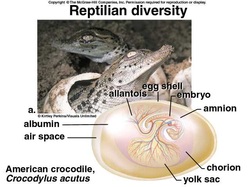
Reptiles are considered to be true land vertebrates. Even though some reptiles like turtles are aquatic they come on land to lay eggs.
The eggs have extra-embryonic membranes that protect and nourish the embryos.
The eggs have extra-embryonic membranes that protect and nourish the embryos.
Class- Aves
EXAMPLES OF AVES
FLIGHTLESS BIRDS
Class- Mammalia
|
Features of mammalia:
Two subclasses: Prototheria and Theria. Prototheria are egg laying mammals. Eg. Echindna. Theria give birth to their young ones. Two infra classes Metatheria (marsupial) and Eutheria (placentalia) |
